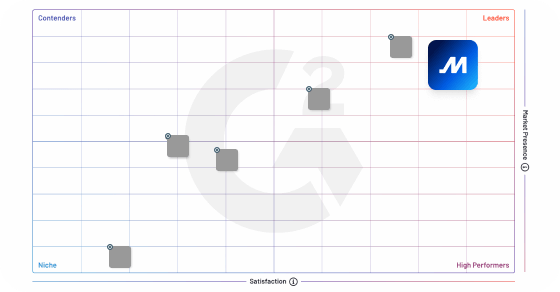Frac spread refers to a collection of equipment and machinery used during the hydraulic fracturing (fracking) process. It encompasses a combination of pumps, tanks, and other supporting equipment that work together to perform the fracturing operation efficiently and effectively.
A typical frac spread includes the following components:
– Frac pumps. Frac pumps are high-powered pumps that generate the necessary pressure to inject fluids into the wellbore during hydraulic fracturing. They are the primary equipment used to deliver the fracturing fluid, which typically consists of water, proppants (such as sand), and chemicals.
– Fluid tanks. Fluid tanks store the fracturing fluid before it is pumped into the well. These tanks hold large volumes of water and other components of the fracturing fluid, providing a continuous supply during the operation.
– Blenders and chemical additive units. Blenders are used to mix the proppants and chemicals with the fracturing fluid to create the desired blend. Chemical additive units are responsible for precisely adding chemicals to the fluid mixture based on the specific requirements of the well.
– Data acquisition and control systems. These systems monitor and control the various aspects of the fracturing operation. They collect real-time data on pressure, flow rates, and other parameters to ensure the process is carried out within safe and efficient operating limits.
– Support equipment. Additional equipment may be included in a frac spread, such as sand storage units, manifolds, hydration units, and fuel tanks. These components provide the necessary support for the smooth functioning of the hydraulic fracturing process.
The size and configuration of a frac spread can vary depending on the scale of the operation and specific requirements of the well being fractured. Large-scale fracking operations often involve multiple pumps and tanks, while smaller operations may have a more compact configuration.
Frac spreads are typically assembled and transported to the well site on specialized trucks or trailers. They require skilled operators and technicians to ensure safe and efficient operation. The proper coordination and utilization of the equipment within a frac spread are crucial for successful hydraulic fracturing and optimal oil and gas recovery from the reservoir.
Frequently Asked Questions
What is a frac spread in oil and gas?
A frac spread is a unit of equipment used in the oil and gas industry for hydraulic fracturing of shale formations. It typically includes a pump, blender, and various other components required for the fracking process. The name “frac spread” comes from the combination of the words “fracturing” and “spread”, referring to the spread of equipment across a well site to perform hydraulic fracturing.
How is Frac spread calculated?
Frac spread is calculated by subtracting the price of crude oil from the price of gasoline and diesel fuel. The result is a measurement of the profitability of refining crude oil into these products. The higher the frac spread, the more profitable the refining process.
What is the rig count?
The rig count is a weekly report released by Baker Hughes, an oilfield services company, which tracks the number of active drilling rigs in the United States.



